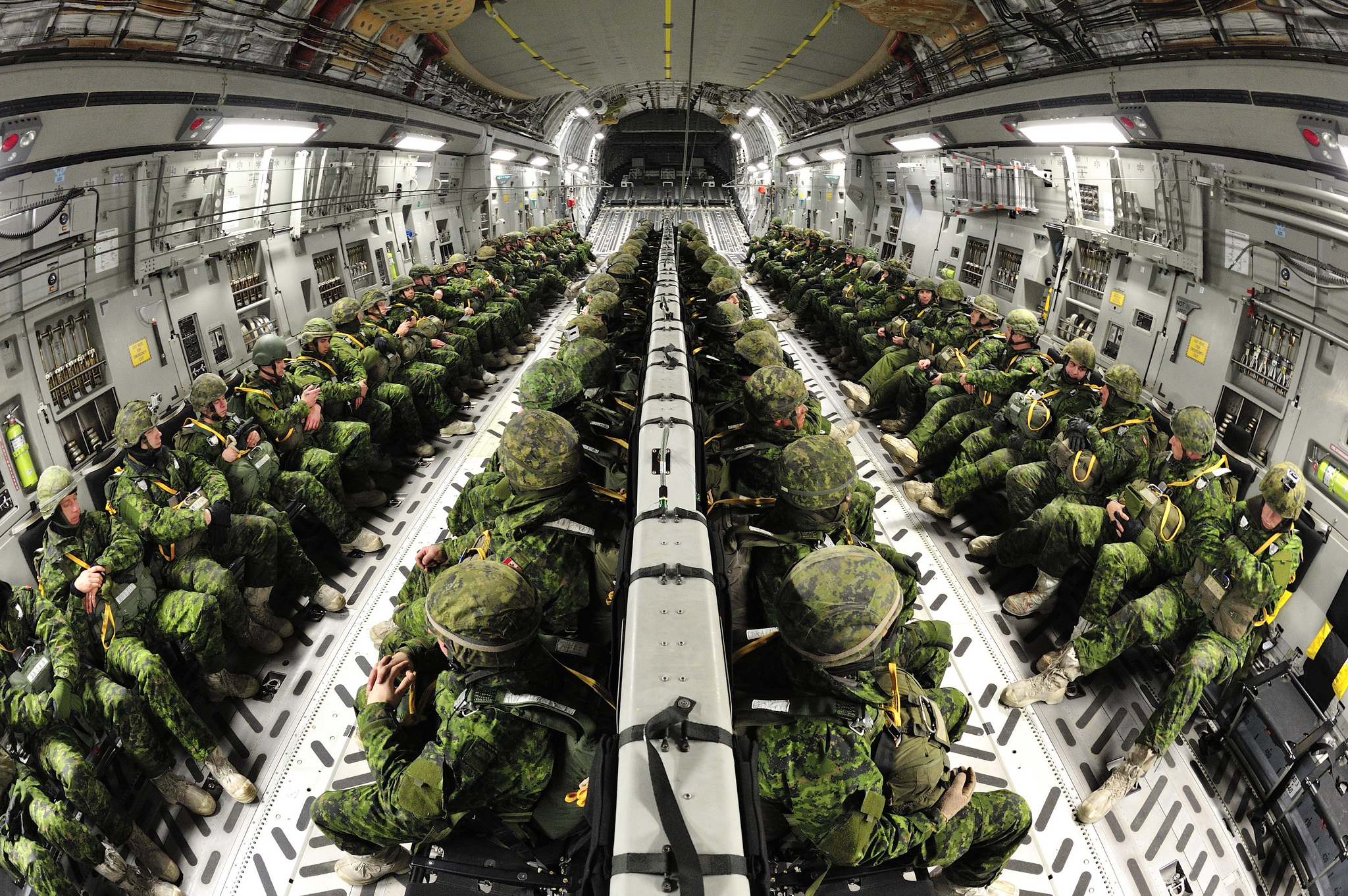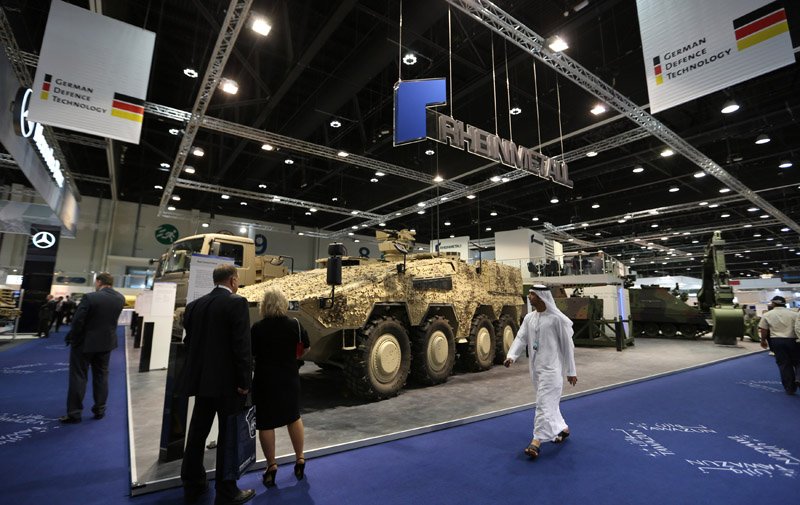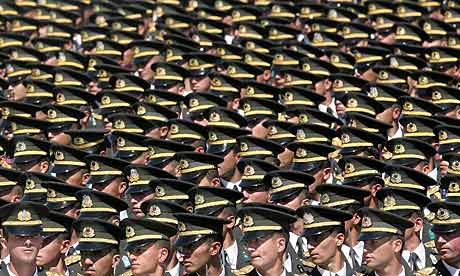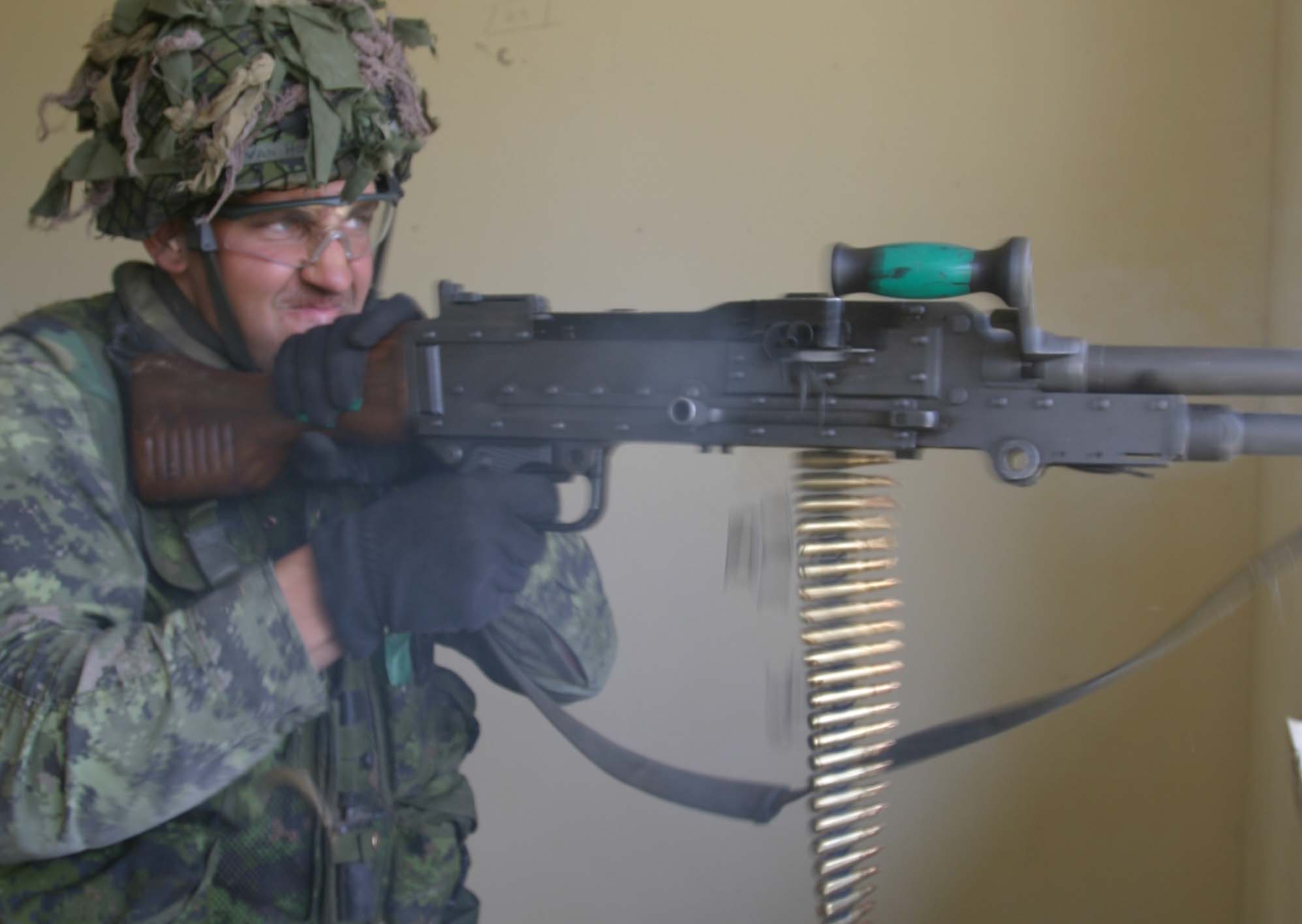A month has passed since the federal government released its maiden budget. Although there is always satisfaction and disappointment with each new budget, the government’s fiscal framework for the Department of National Defence (DND) was received with mixed reviews.
On the one hand, the budget outlined $200 million for upgrades to military infrastructure for military personnel and their families. It also announced a series of measures totalling $5.7 billion that will benefit Canada’s veterans through enhanced programs and services, and enriched financial support. However, these allocations have been over-shadowed by the missing $3.7 billion from DND’s budget for large-scale acquisitions meant to replace the core equipment of Canadian air, naval, and ground forces.
The case of the missing $3.7 billion
In the 2016 budget, the government lays out a plan to defer unallocated funds that cannot be spent due to unforeseen delays to current projects to future years ‘to ensure that funding is available when key capital acquisitions will be made’. In total, the government has removed $3.7 billion from DND’s budget for the 2015-2016 to 2020-2021 period.
The four pages dedicated to National Defence – out of the 269-page budget – are short on defence procurement details but clearly state that the proposed reallocation is not a budget cut. Re-profiling, deferment, budget freeze, reallocation, temporary budget cut – call it what you want, those funds won’t be available to spend on warships, aircraft or vehicles until 2022, or later.
‘There is no point in having money there to spend if they can’t spend it’, mused former Finance Minister, the late Jim Flaherty, back in February 2014 when the Harper government reallocated billions from National Defence’s budget to future years. Budget 2016 acknowledges the challenges to Canada’s system for major military acquisitions. Even with billions in authorized funds, National Defence is unable to shepherd major defence acquisitions through its procurement system on time and within budget.
The 2008 Canada First Defence Strategy (CFDS) committed the previous government to an ambitious and aggressive schedule for the recapitalization of Canada’s core fleets. With no substantial expansion of the procurement workforce, recurring budgetary cuts and increasingly complex procurement policies and practices, defence acquisition projects lagged behind schedule or altogether failed. While work on the first Arctic Offshore Patrol Ships has begun in Halifax, the construction of support and Coast Guard Vessels – also part of the $39 billion National Shipbuilding Strategy – has either been derailed or delayed. The case of the CF-18 fighter aircraft replacement program and the nearly 20-year process to acquire and operationalize the CH-148 Cyclone also serve as reminders of the Canadian defence procurement system’s inefficiencies.
Review, Reset, Reallocate
The CFDS is outdated and defense experts have been calling for its review for some time. Budget 2016 announced the government’s forthcoming ‘open and transparent process to create a new defence strategy that will deliver a modern, more agile and better equipped military’. According to Minister of Finance Bill Morneau, the government will need a year to review its priorities and this will include ‘improved processes to ensure more accurate costing for major defence procurements’. This is an important step for the Liberal government. Without making improvements to the procurement process, National Defence will be in a similar position as it is now when the $3.7 billion become available in 2022.
A rose by any other name would smell as sweet, and a budget cut by any other name may cut just as deep. $3.7 billion over five years represents a small fraction of National Defence’s $84.3 billion over 30 years for large-scale capital projects. Despite Finance Minister Bill Morneau’s reassurances that the move does not represent a permanent budget cut, defence industry experts continue to voice their skepticism over the missing funds.
The move marks the third time in four years DND’s budget for major military acquisition has been deferred to future years, and some wonder if DND will ever see the funds again. Adding to these concerns is the question of timing. According to the budget, National Defence will have access to the funds in five years. The period of 2020-2021 coincides with the liberal government’s plans to reduce the deficit. ‘The political significance’, says David Perry, senior analyst for the Global Affairs Institute, ‘is that DND will be expecting its money at a time when the Liberals will likely have to get serious about cutting the deficit, which is projected this year at 29.4 billion, falling to 14.4 billion by 2020-2021’.
Photo courtesy of Sgt. Gaétan Racine (Combat Camera).




